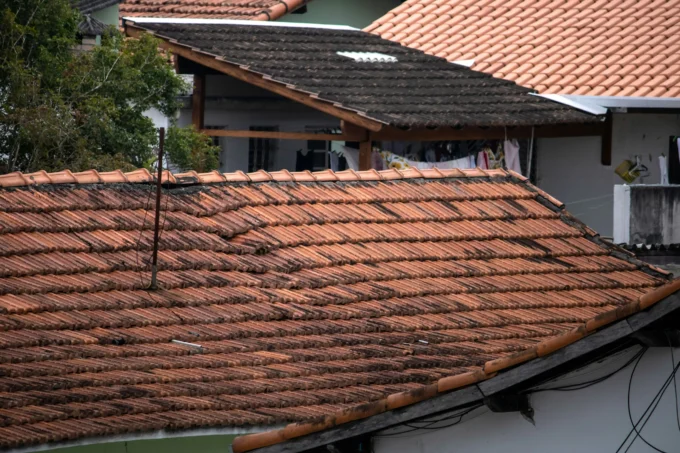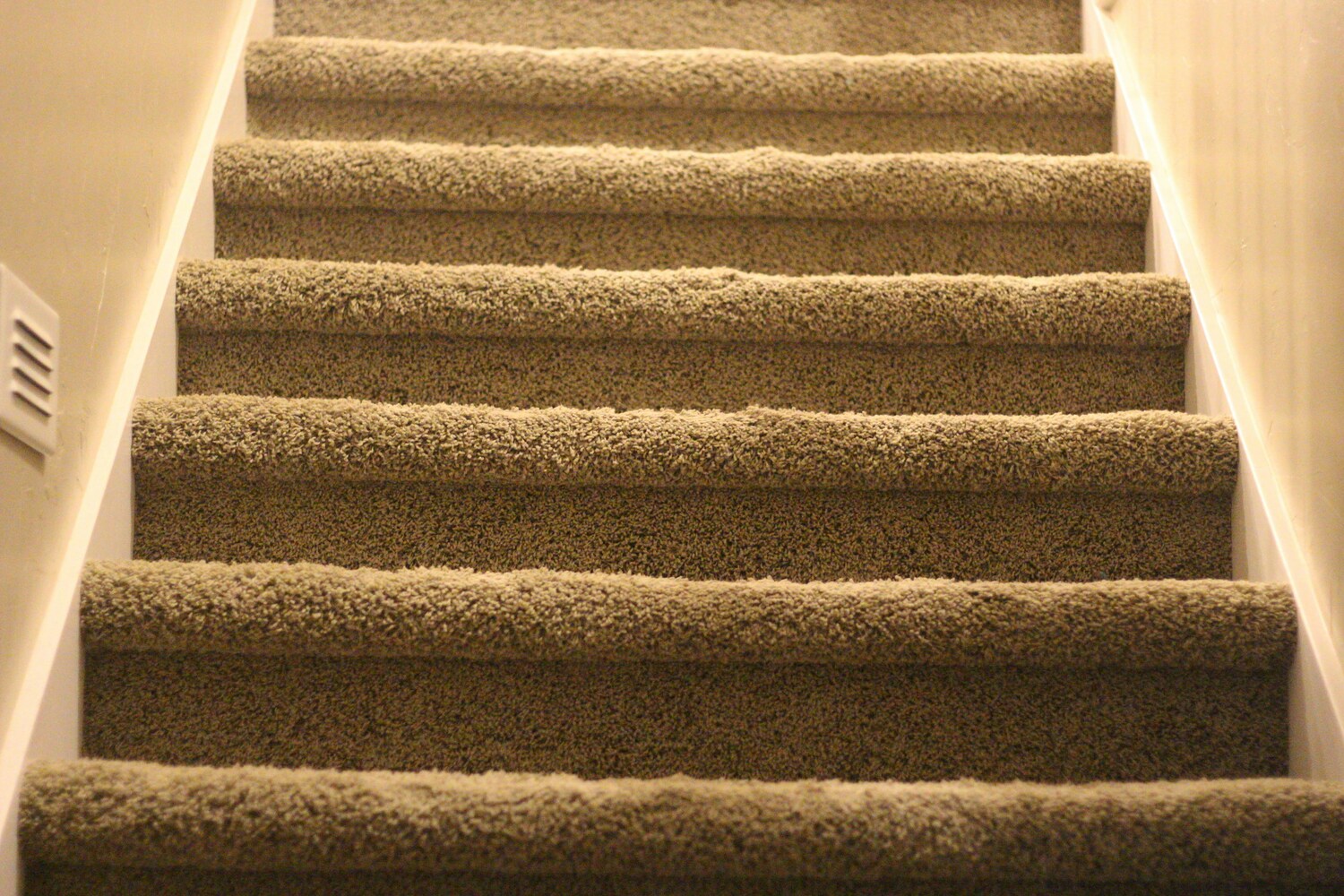- Home
- Articles
- Architectural Portfolio
- Architectral Presentation
- Inspirational Stories
- Architecture News
- Visualization
- BIM Industry
- Facade Design
- Parametric Design
- Career
- Landscape Architecture
- Construction
- Artificial Intelligence
- Sketching
- Design Softwares
- Diagrams
- Writing
- Architectural Tips
- Sustainability
- Courses
- Concept
- Technology
- History & Heritage
- Future of Architecture
- Guides & How-To
- Art & Culture
- Projects
- Interior Design
- Competitions
- Jobs
- Store
- Tools
- More
- Home
- Articles
- Architectural Portfolio
- Architectral Presentation
- Inspirational Stories
- Architecture News
- Visualization
- BIM Industry
- Facade Design
- Parametric Design
- Career
- Landscape Architecture
- Construction
- Artificial Intelligence
- Sketching
- Design Softwares
- Diagrams
- Writing
- Architectural Tips
- Sustainability
- Courses
- Concept
- Technology
- History & Heritage
- Future of Architecture
- Guides & How-To
- Art & Culture
- Projects
- Interior Design
- Competitions
- Jobs
- Store
- Tools
- More
A Step-by-Step Guide to Mastering Plasma Cutting Techniques

Plasma cutting is an essential skill for anyone working with metal. Whether you’re a professional or a DIY enthusiast, mastering this technique opens up countless possibilities for your projects. But let’s be honest—plasma cutting can seem intimidating at first. The idea of slicing through thick metal with superheated gas might feel complex or overwhelming.
However, once you break it down into manageable steps, it’s a lot simpler than you think. With the right approach, precision, and safety measures, you can always achieve clean cuts.
This guide will walk you through the fundamentals, making it easier to get started, whether you’re working in your garage or on-site. Ready to sharpen your skills?
Let’s dive in.
Table of Contents
ToggleGetting Familiar with Plasma Cutting Basics
Plasma cutting involves cutting through metal using a stream of superheated, electrically ionized gas. It works by creating an electrical arc between the cutter and the material, which melts the metal and blows away the molten part. This technique is faster and cleaner than traditional methods like sawing or torch cutting.
For beginners, it’s essential to understand which metals are suitable for plasma cutting. Typically, you can cut through conductive metals like aluminum, steel, copper, and brass. Make sure the material is within the thickness limits of your plasma cutter to ensure a clean cut. Start with simple cuts to familiarize yourself with how the cutter handles different materials.
Preparing Your Equipment for Plasma Cutting
Proper setup is key to safe and efficient cutting. Begin by placing your machine on a stable surface, ensuring all cables and hoses are securely connected. Plasma cutters require an air supply, so connect the machine to a clean, dry air compressor. Check that your air pressure is correctly set according to the manufacturer’s specifications.

Those using a portable plasma cutter must verify that it has a stable power source and is set up for the intended job. Portable models are lightweight and ideal for remote work or smaller spaces. However, they still need the correct setup and airflow to function efficiently. Before cutting, confirm that the torch has a clean, undamaged nozzle. Replace worn parts to ensure a sharp and consistent plasma stream.
Setting Up a Safe and Clean Work Area
Before starting the cutting, organize your work area. This includes cleaning the surface where you’ll place the metal. Use a flat, fireproof table to avoid damage or accidents. Keep your workspace free from any flammable materials since this type of cutting produces sparks and hot debris. Secure the metal sheet to prevent it from shifting during the cutting process.
Safety should be a top priority. Always wear protective gear, including safety goggles, gloves, and a welding helmet to protect your eyes from the bright plasma arc. Ventilation is also important, as plasma cutting generates fumes. If you’re working indoors, ensure proper airflow or use an extraction system to keep the air clean.
Executing the Plasma Cut with Precision
Once you’re set up, it’s time to start cutting. Begin by holding the torch at a 90-degree angle to the metal surface. This ensures a straight cut with clean edges. Start the arc using the pilot feature of your plasma cutter and guide the torch steadily along your cut line. Use both hands if necessary to keep your movement smooth and controlled.
Keep the cutting speed consistent. Moving too fast will result in an incomplete cut while moving too slowly can cause the metal to overheat and create rough edges. For curved or intricate shapes, practice on scrap metal to get a feel for the cutter’s response. Make sure you cut slightly outside the line for precision, allowing room for grinding or filing down the edge later if needed.
Cleaning and Finishing the Metal
After the cut is complete, you may notice some slag or rough edges on the metal. This is normal, especially if you’ve cut thicker materials. Allow the metal to cool before handling it. Once it’s cool, use a metal file or grinder to smooth out any rough spots and remove slag. A clean edge is important if the cut piece is part of a larger assembly or if it will be welded.
Cleaning your metal ensures that it’s ready for further processing or fabrication. Whether you’re welding the piece or just giving it a professional finish, a smooth edge adds to the overall quality. After cleaning, you can also apply rust-preventive treatments to the cut areas, especially for metals like steel that are prone to oxidation.
Conclusion
Mastering plasma cutting techniques takes practice, but following these steps can achieve clean, precise cuts every time. So, embrace the process and confidently tackle each project, knowing your skills will improve with time and effort.
illustrarch is your daily dose of architecture. Leading community designed for all lovers of illustration and #drawing.
1 Comment
Submit your architectural projects
Follow these steps for submission your project. Submission FormLatest Posts
Tips for Using Runners to Transform Hallways and Spaces
Hallways work hard. They handle daily foot traffic, muddy shoes, and the...
Essential Architecture Tools in 2026: Software, AI, and Physical Equipment
Architecture in 2026 demands more than design talent alone. From BIM and...
Light of Tomorrow by VELUX 2026
This competition encourages architects to design visionary spaces where natural light drives...
Top 10 Online Platforms to Find Apartments for Rent in San Antonio
San Antonio, Texas, with its vibrant culture, historical landmarks, and strong job...












This article has some useful tips for beginners. I like how it breaks down the steps. Plasma cutting seems complicated, but it sounds manageable now.